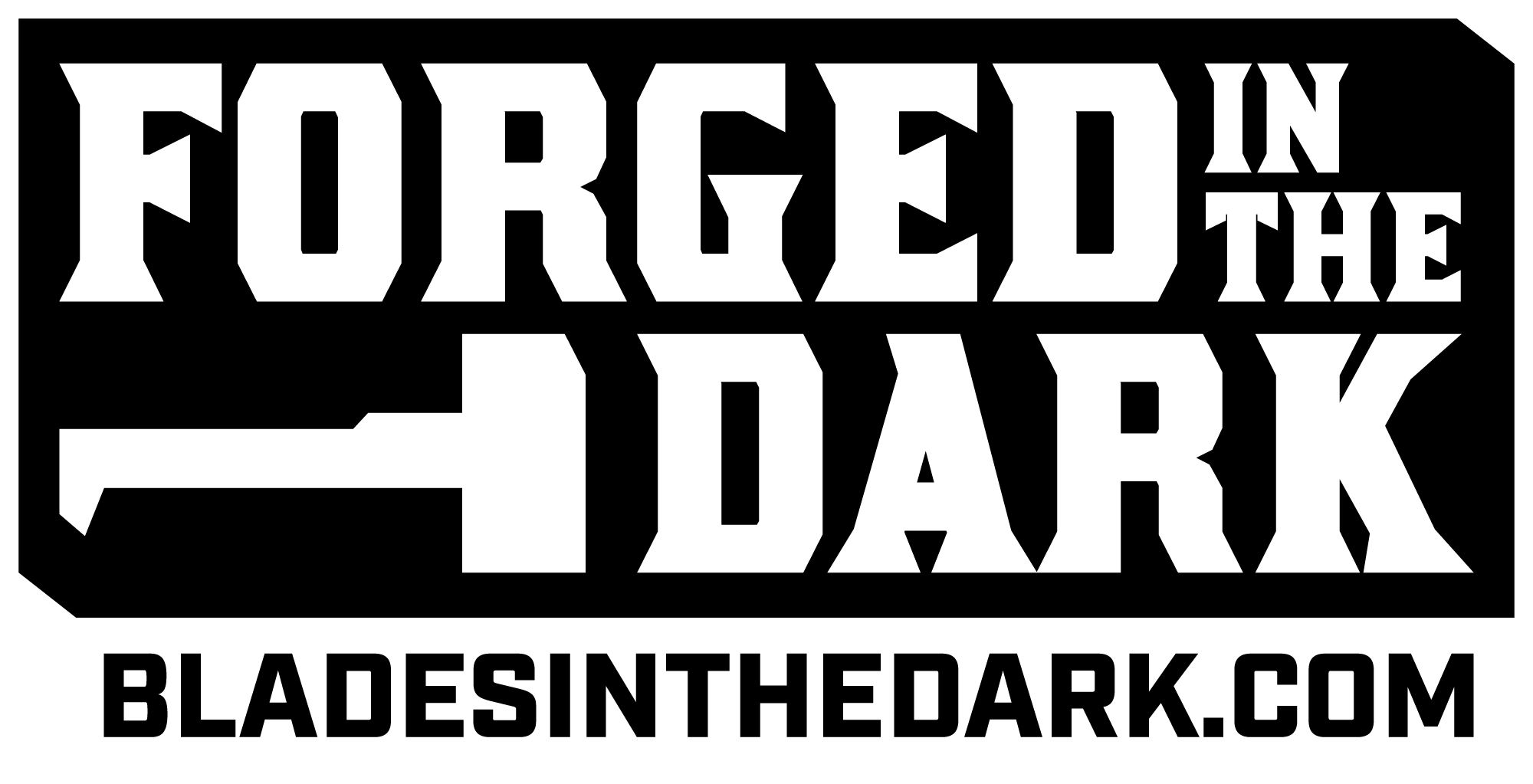Chief Analyst 
Brief (mission start)
Identify potential targets for a mission. The Director will choose primary and secondary missions around these targets. If you don’t have any good leads to follow up on, you can ask the Director to spend intel (to generate some new leads) or ask the GM to generate a mission type (an assault, supply, recon, or defense mission).
Debrief (mission end)
Write the after-action report. The objective of the mission, the locations involved, who went on it, and their outcomes. If there is any question about what happened, it is your job to recall it for the crew.
After-action Reports
An after-action report is a record of the mission. It can simply be a list with the names of the agents, the location, the objective, and the outcome. Alternatively, you can add commentary and in-character footnotes for a more complete or entertaining read. It is frequently helpful to record clues, people connected to the conspiracy, and the strengths or weaknesses of the enemy. Feel free to add in-character notes as you desire.
At the start of the session, if anyone requests, do a brief summary of what happened in the previous game. The GM may also consult with you to help them recall details about conspiracy plans or actions.
In a digital game where the GM organizes handouts about people or places, you should keep track of people or places that do not have a corresponding handout (often, these will have been improvised in response to crew actions) so you can request the creation of a handout if they become important.
Design note: While the GM handles this duty for many games (and does so in games with fewer players), having a player dedicated to this is incredibly helpful. The GM notes inevitably end up organized in a way that is convenient for the GM rather than the players, including dropped plot threads, things that were changed on the fly in reponse to player actions, and reminders about things that *might* become relevant but ultimately did not.
